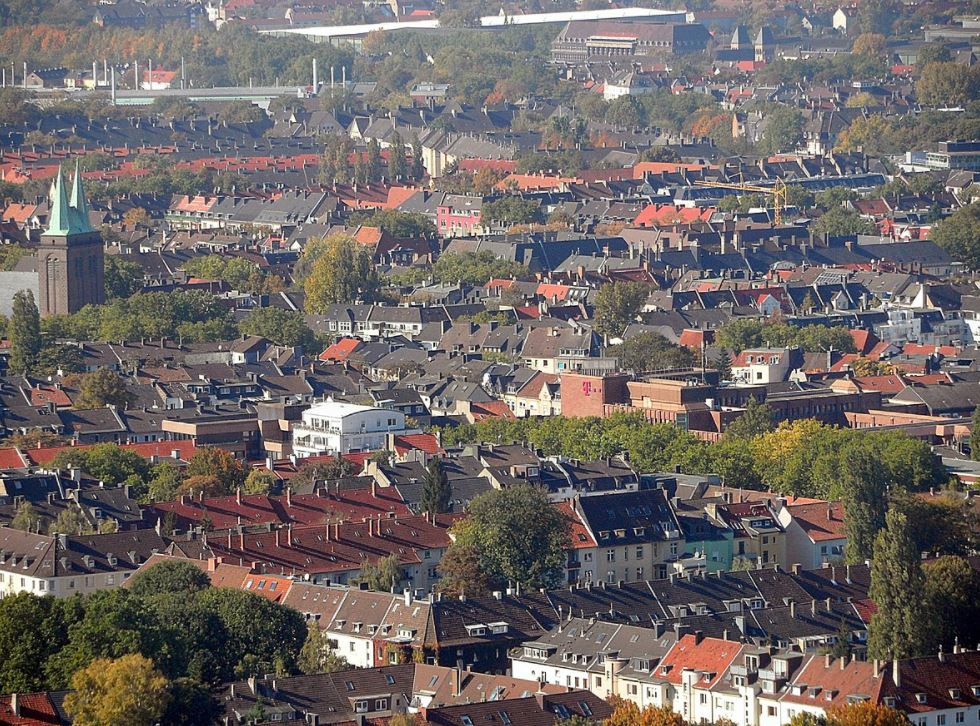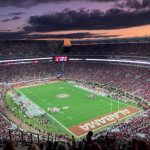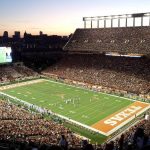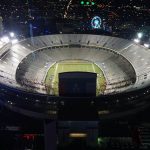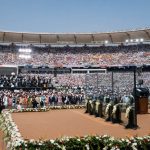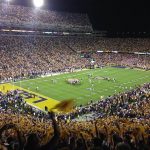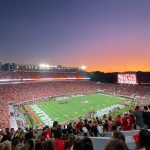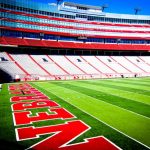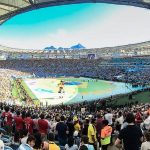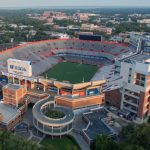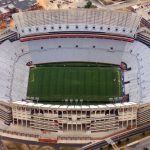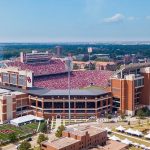If you’re a football fan (or soccer as 9 countries refer to it) and we talk about a German football club that plays in bright yellow shirts, then you surely know we’re talking about Borussia Dortmund.
Did you know that one of the most popular clubs in Germany actually plays its home games in one of the biggest football stadiums in Europe?
Let’s take a closer look at some of the most interesting facts about the Westfalenstadion and its history!
1. It was named after the historic region in western Germany
The Westfalenstadion was named after the historic region of Westphalia in the western part of Germany. It’s situated in the southern part of the city of Dortmund in the state of North Rhine-Westphalia (NRW).
It’s the home of one of Germany’s most popular football clubs called “Ballspielverein Borussia 09 e. V. Dortmund,” better known as simply “Borussia Dortmund,” a club that was established in the year 1909.
The stadium has been renamed the “Signal Iduna Park” in 2005 in a sponsorship agreement with this insurance and financial services company. During UEFA matches, the stadium is called the “BVB Stadion Dortmund.”
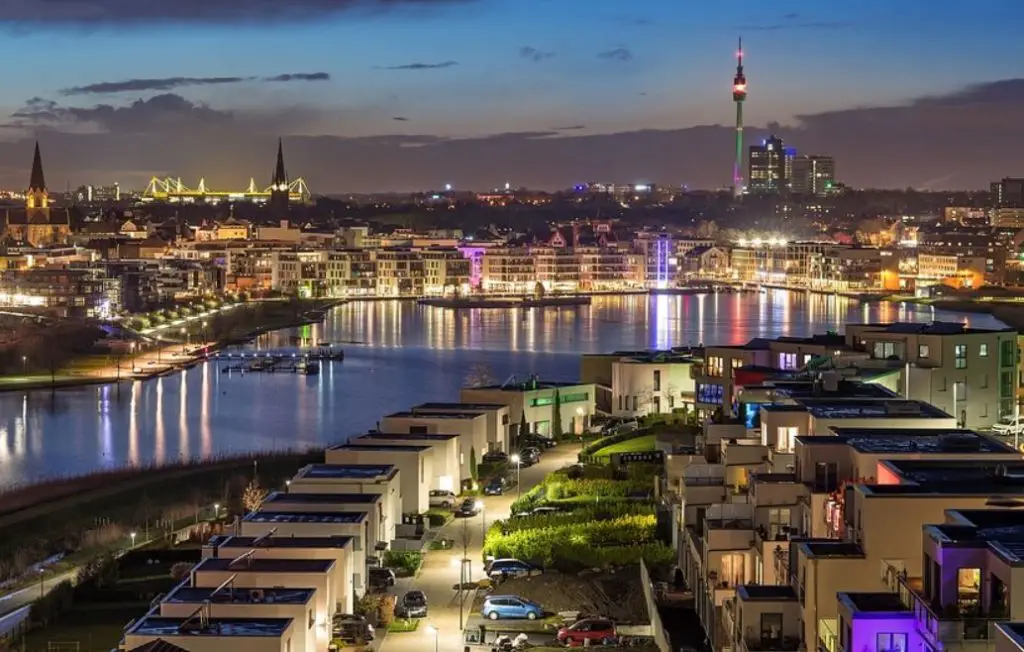
2. It’s the second-largest club stadium in Europe by capacity
One of the most amazing facts about the Westfalenstadion is that it’s the second-largest club stadium in Europe by capacity and the largest stadium in Germany. It can fit a total of 81,359 spectators, an amazing number since the terraces are very close to the playing field.
Only the Camp Nou Stadium, the home of FC Barcelona in the city of Barcelona, is bigger with space for 99,354 fans, a number that is about to become even bigger when “Nou Camp Nou” is completed.
We do have to mention that this number only applies to domestic matches. During international games, stricter rules apply and one standing terrace is transformed into a seating one, reducing the stadium’s capacity to 65,829 seats.
This also only applies to club stadiums. Wembley Stadium (90,000) in London, Croke Park (82,300) is a stadium in Ireland (Dublin), and Twickenham Stadium (82,000) in London are all bigger but aren’t the home of a club.
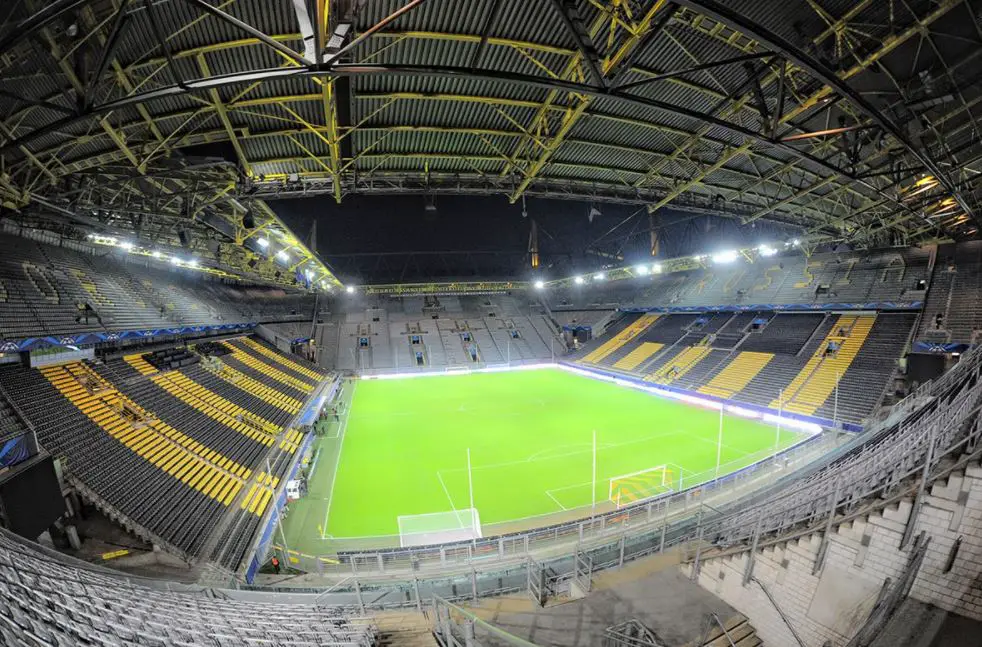
3. It features an incredible terrace during home games
The terrace we are referring to is the so-called “Südtribüne” or “South Stand.” This immense standing section of the stadium holds an amazing record as it’s the largest free-standing grandstand in Europe!
About 25,000 fans can fit here during league games in the Bundesliga. This creates one of the most amazing atmospheres in Europe as this stand is commonly referred to as “Die Gelbe Wand“, which translates to “The Yellow Wall.”
Just take a look at the kind of atmosphere that the Gelbe Wand can produce:
4. Dortmund played in a nearby stadium until the early 1970s
Borussia Dortmund was founded in 1909 and has become the second-largest membership-based football club in Germany with over 145,000 loyal members.
The club really only started enjoying regular first division football after World War II and won its first national title in the year 1956, and repeating this success the year after.
Following the establishment of the Bundesliga in 1963, Borussia Dortmund became the first German club team to win a European cup. They won the European Cup Winners’ Cup by defeating Liverpool 2–1 in extra time in the year 1966.
This success prompted the club to either expand the “Stadion Rote Erde,” a 25,000-capacity stadion that they occupied since 1926, or build a completely new stadium to replace their outdated ground.
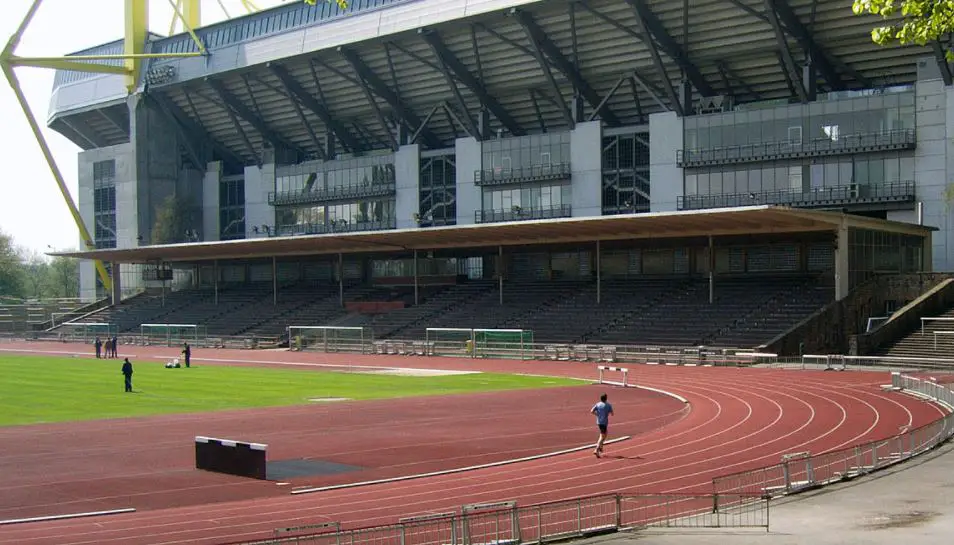
5. The first games in the stadium weren’t played in the Bundesliga
They eventually chose the latter and the original Westfalenstadion with a capacity of 54,000 was built between 1971 and 1974. This didn’t happen overnight, though, because the funds weren’t readily available at the time.
It was only when Cologne withdrew their bid for the 1974 FIFA World Cup that the stadium could be financed, and the original budget of 60 million DM was reduced to 32.7 million DM.
This was perhaps the best thing that could happen because the initial plan involved an athletics track around the playing field. This greatly reduces the atmosphere during games and the Gelbe Wand wouldn’t have been nearly as impressive if this plan had gone through.
One of the most remarkable facts about the Westfalenstadion is that the construction in the early 1970s happened at the same time that Borussia Dortmund was relegated to the 2. Bundesliga in 1972.
This both meant that the first games in the new stadium were played in Germany’s second division, and it was the only new stadium of a second division club to host games during the 1974 World Cup!
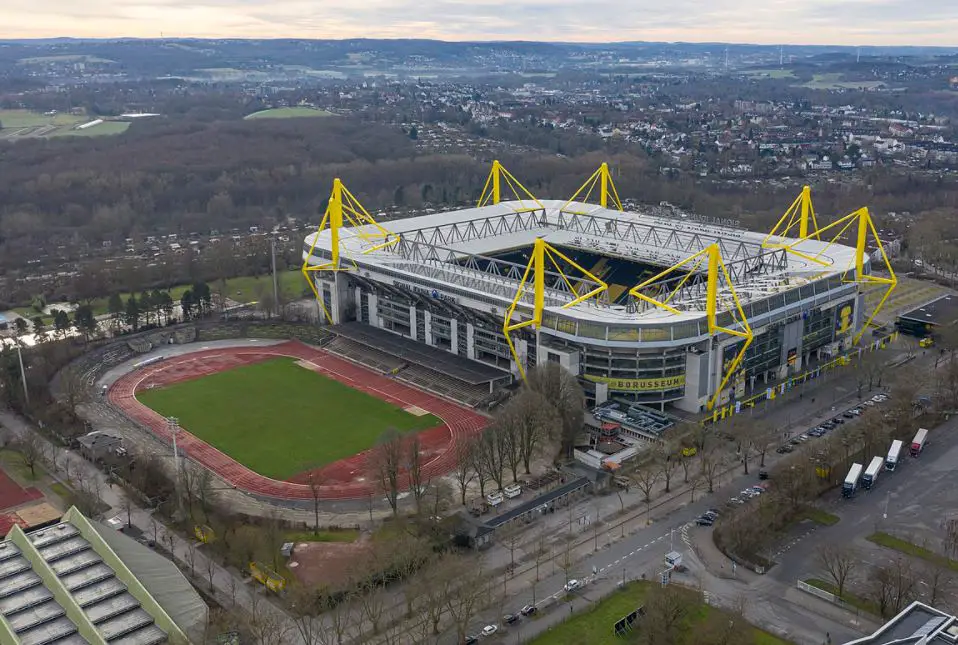
6. The stadium has been the venue during 2 FIFA World Cups
The stadium had a capacity of 54,000 upon completion and only played a minor role during the 1974 FIFA World Cup. It only hosted 4 games, all of which were played during the group games phase.
Another FIFA World Cup in Germany was held in the year 2006 and the stadium played a key role during this event, hosting 4 group games, one of the rounds of 16 games, and the semi-final between Germany and Italy (which Germany lost 0-2).
Obviously, by 2006, the stadium had reached its current level of capacity already.
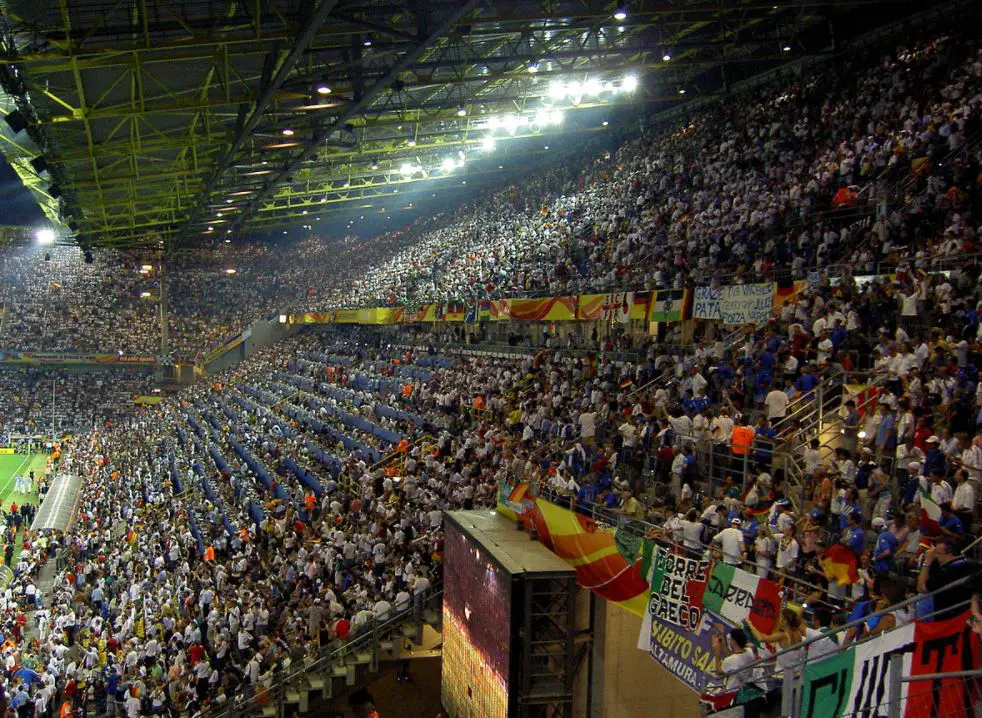
7. It was renovated twice during the 1990s and once in 2006
The 1990s was the time that the UEFA started enforcing stricter rules for stadiums following some devastating events in the 1980s such as the Heysel Drama in Brussels. This means that the standing terraces were converted to seats which reduced the stadium’s capacity to just 42,800.
This prompted the club to expand the Westfalenstadion, especially since the 1990s was the so-called “Golden Era” for Borussia Dortmund. They won both the domestic league title in 1995 and the UEFA Champions League in 1997, an amazing achievement!
Both the southern and northern grandstands were expanded, which means that the Gelbe Wand was created during this period.
The final major renovation happened during 2006 in order to prepare the stadium for its key role during the 2006 FIFA World Cup. This turned the stadium into one of the most amazing sporting arenas in Europe!
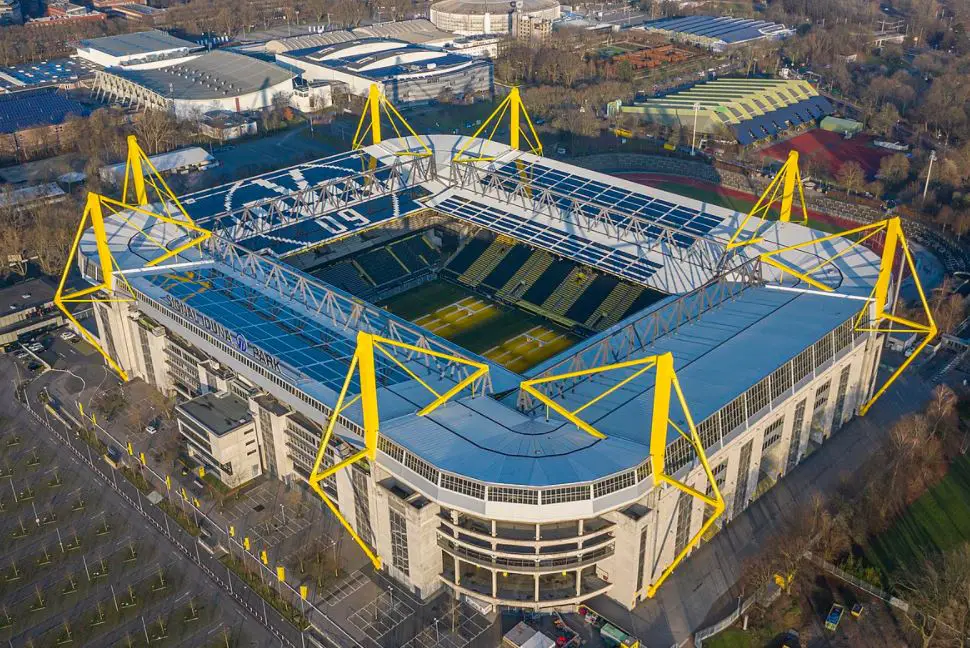
8. The stadium is extremely easy to reach from the city
If you’re planning to visit the Westfalenstadion and get one of the most amazing experiences inside a stadium imaginable, then there’s good news because the stadium is extremely easy to reach!
The Dortmund Stadtbahn, a railway system inside the city, has stations near the stadium. It even has two special stations called U45 and U46 which are only open during games.
If you want to experience the lively atmosphere outside the stadium then you can also travel to the subway station Möllerbrücke. Following your exit here you have to walk through the Kreuzviertel neighborhood to reach the stadium
The good news here is that this place is filled with pubs, restaurants, and hotels, and obviously, thousands of fans who enjoy a cool beer as well!
